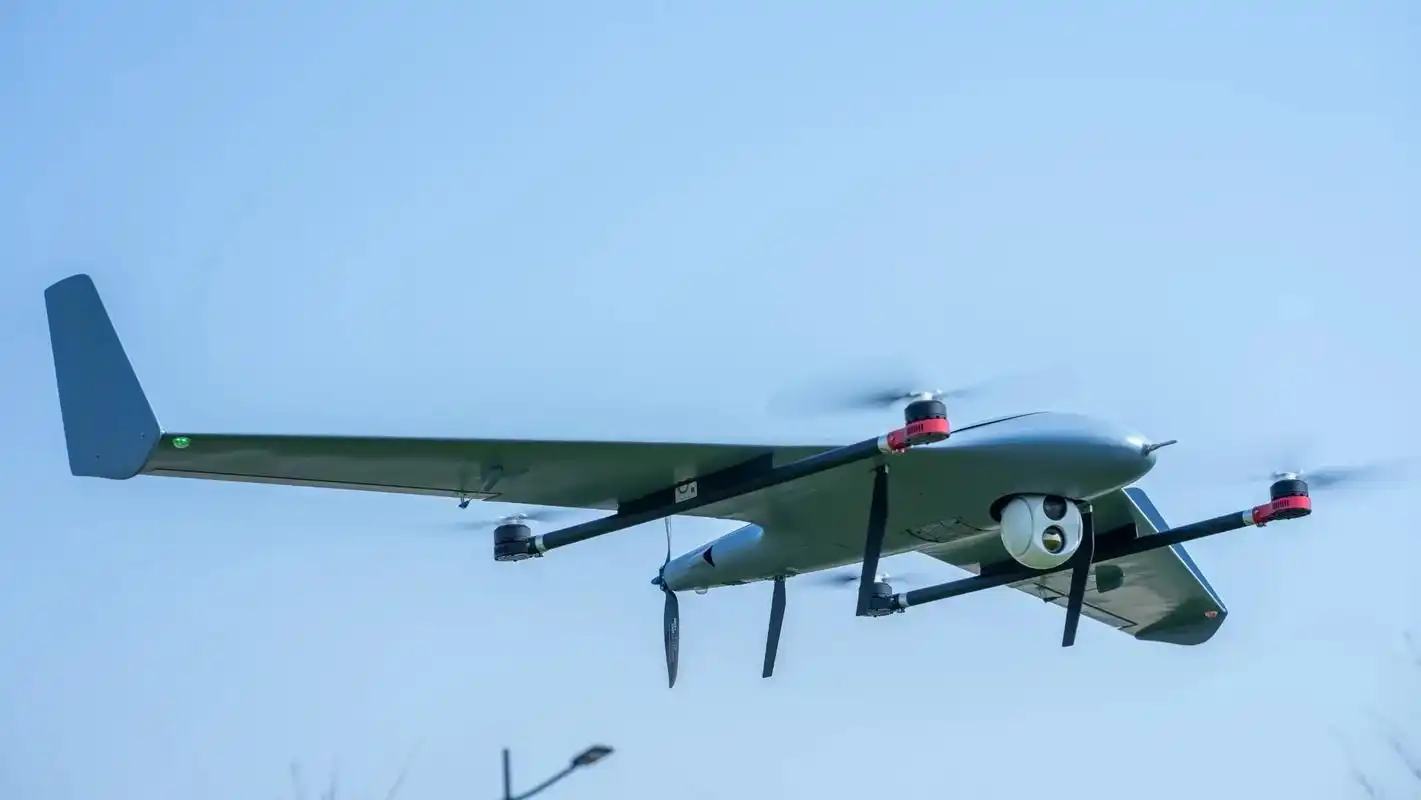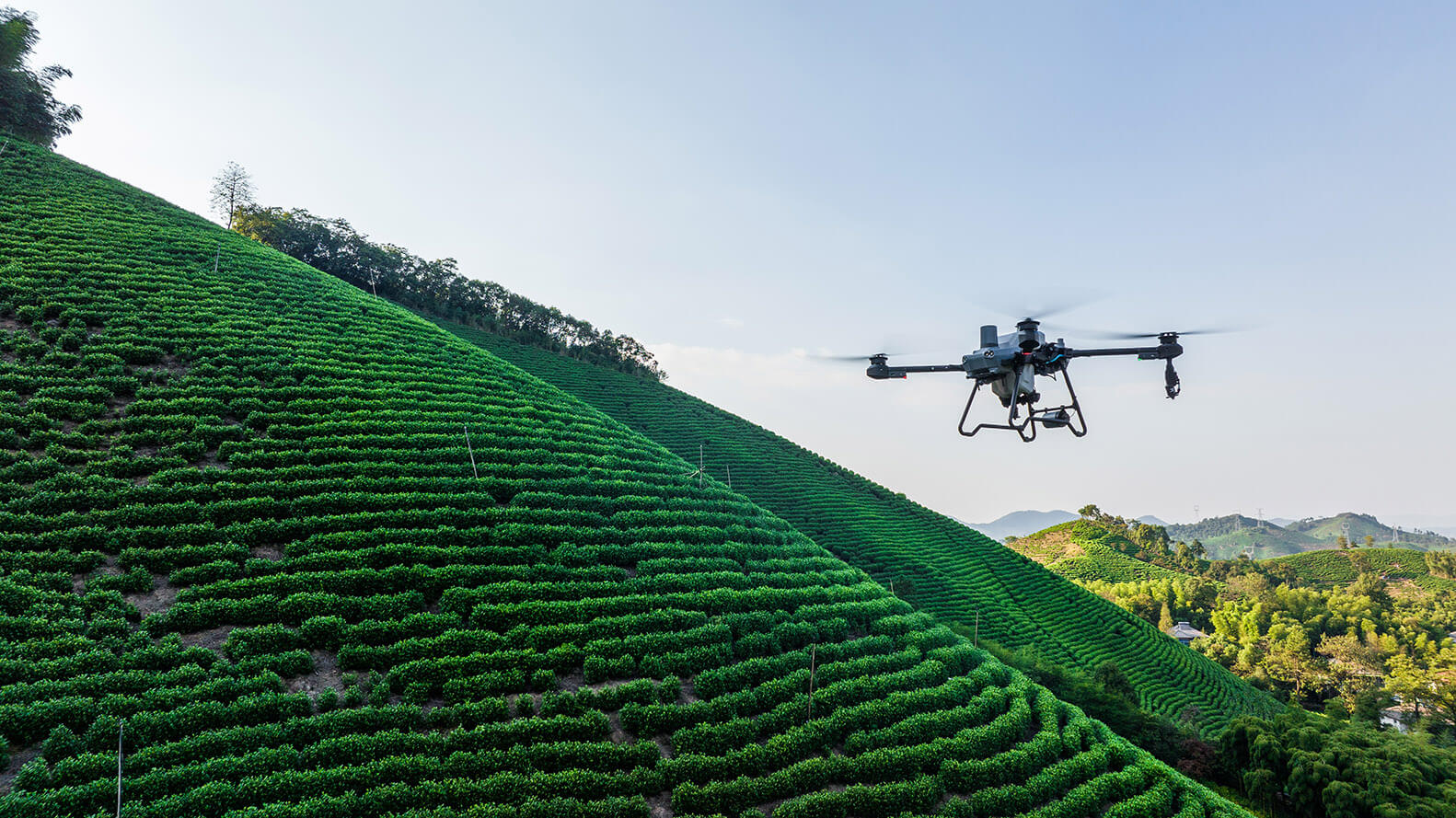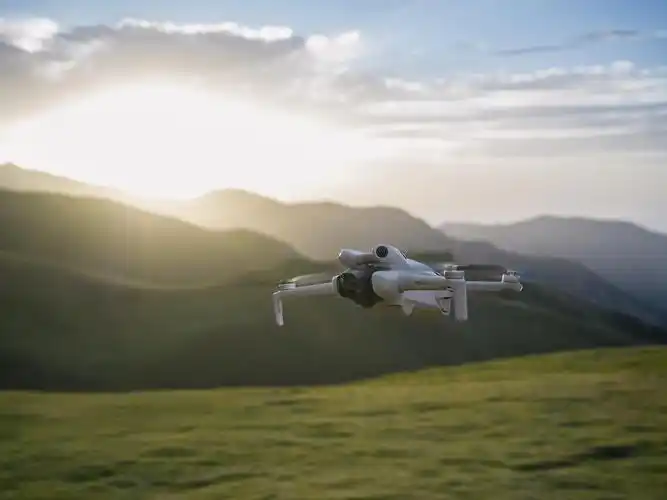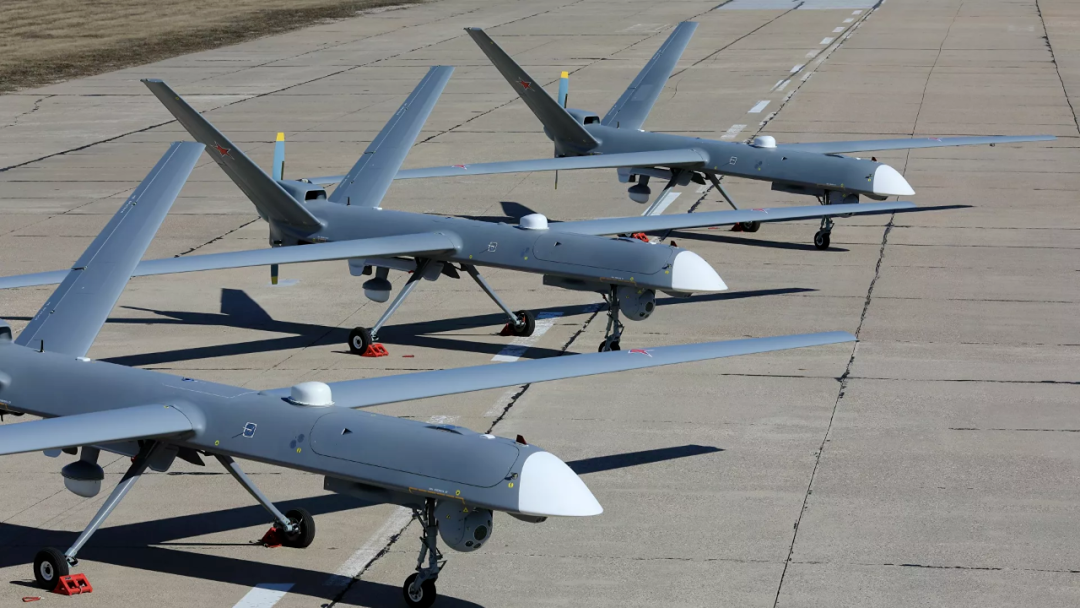Beihang team's large model driven unmanned aerial vehicle achievements are internationally leading

Professor Zhou Yaoming's team at Beihang University has been engaged in research related to intelligent drones for a long time.
The innovative achievement developed by the team, the "Large Model Driven Unmanned Aerial Vehicle Body Intelligent Decision System" and its application carrier - the unmanned aerial vehicle onboard module "Command Box", will be exhibited at the 2024 International Low Altitude Economy and Unmanned Systems Expo and the 9th Shenzhen International Unmanned Aerial Vehicle Exhibition.
Beihang team's large model driven unmanned aerial vehicle achievements are internationally leading
Zhao Haoran, a core member of the team, introduced,
The embodied intelligent decision-making of drones is of great significance for their emergency situation response, post failure emergency plan generation, and effective collaboration with heterogeneous multi drone systems. The embodied intelligent agent developed by the team can use sensors to perceive the surrounding environment, make decisions, and then take action using actuators to control and operate the drone. The system developed by the team is based on the ability of large models to understand multimodal data, integrating multi-source information such as photos, sounds, and drone status data from the real physical world as the perception of the intelligent agent, and taking the operation of actuators in the real world as the behavior of the intelligent agent. At the same time, a control architecture was proposed that visualizes the intelligent agent as the brain and the controller as the cerebellum. The intelligent agent serves as the decision generator of the brain, focusing on generating high-level behaviors, while the controller serves as the motion control unit of the cerebellum, focusing on converting high-level behaviors (such as expected target points) into low-level system commands (such as rotor speed).
At the same time, the team carried the application carrier of this technology, the "Command Box," to showcase application scenario cases. The Command Box can be loaded onto the drone to endow it with the function of a "brain" for autonomous command, decision-making, and collaboration.
It is reported that this plan can reduce the false alarm rate in the current inspection plan from 80% to 10%, reduce the emergency response capability in fire extinguishing scenarios from minutes to seconds, and improve the capability of unmanned aerial vehicles in large-scale rescue scenarios such as earthquake rescue from one person per aircraft to one person per hundred aircraft. Currently, it brings technological changes to the current unmanned aerial vehicle industry in inspection, emergency response, and rescue, and is in an international leading position.





